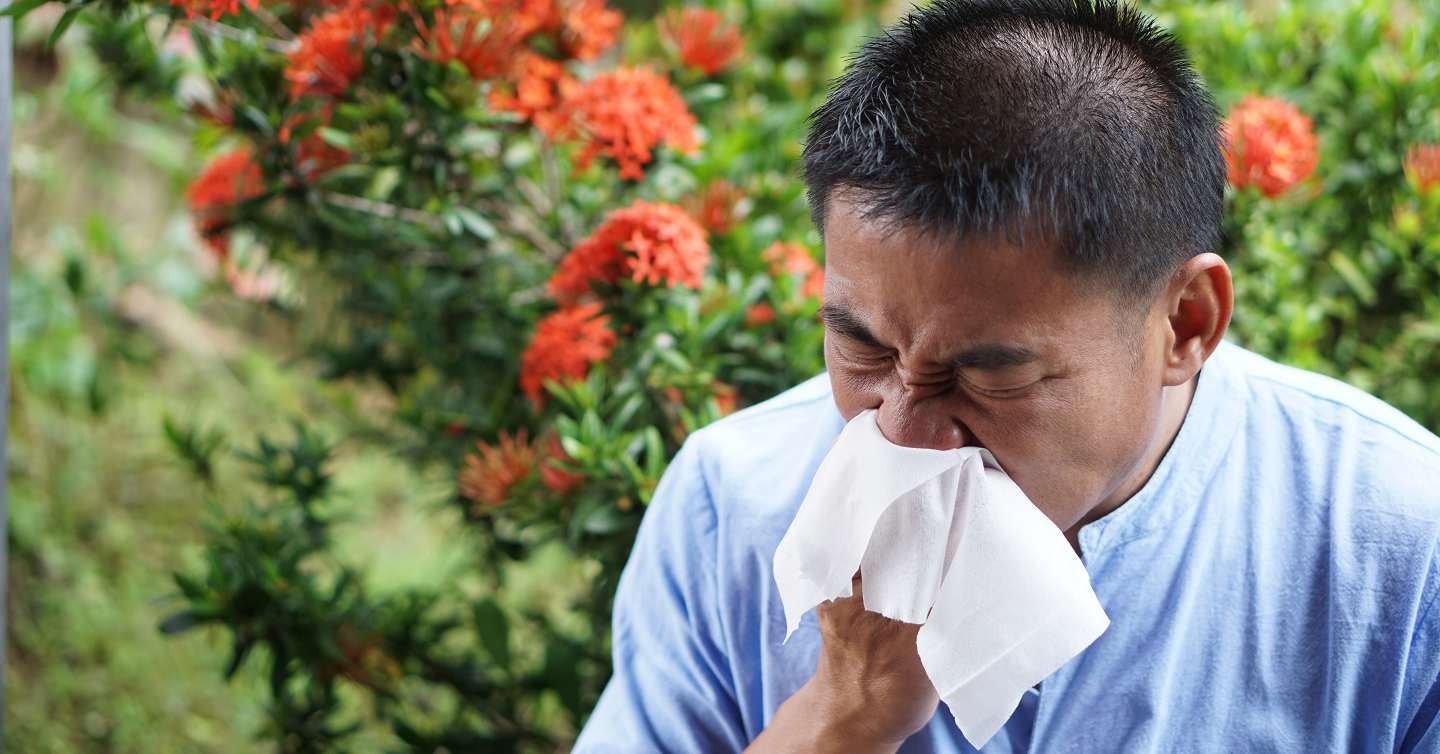Stay Ahead of Allergies this Spring and Summer

Uncomfortable Allergy Symptoms and How to Manage Them
By Sally Bowman, quality care coordinator at Network Health
4/19/2022
Alongside warmer weather, longer days and increasingly busy social schedules, spring means an abundance of uncomfortable symptoms for millions. Because building healthy and strong Wisconsin communities is our mission, we make helping our members enjoy all four seasons a priority.
While most who don’t suffer from allergies feel like they’re champing at the bit for winter to end, the presence of headaches, sneezing and more can make it an especially brutal season for those who suffer from seasonal allergies.
What are the symptoms of seasonal allergies?
Although sneezing, congestion, runny nose and headaches are the most common symptoms of spring allergies, many sufferers may also experience unpleasant and uncomfortable seasonal sensations in the form of a sore throat, persistent coughing and even hives.
Because some symptoms, like puffy eyes, can cause people to feel insecure about their appearance and others, like headache or brain fog, can negatively affect decision making, allergies demand awareness over both physical and mental effects.
How can I treat my allergy symptoms?
Because allergies present a range of symptoms with a wide spectrum of severity, figuring out the least intensive way to get the most relief is the best way to approach management.
For instance, if your allergy symptoms are limited to puffy, itchy eyes, you may find relief with soothing eye drops.
If your symptoms involve severe headaches, however, a more robust medical approach may be required.
Allergy therapy can also help by exposing you to increasing doses of an allergy trigger over time and reprograming your immune system to not go into overdrive when it encounters them. If you’ve tried other treatment methods and are curious about allergy therapy, talk to your personal doctor.
How can I prevent allergy symptoms?
Allergy experts and medical professionals mostly agree on prevention being the most important means of treatment. Some prevention tips you can apply include the following.
Monitor pollen counts and wind
Pollen count measurements are widely available and allow you to see your risk for inhaling the widespread-in-spring allergy trigger.
Websites like pollen.com provide a forecast that allows you to search by your ZIP code (or your destination’s ZIP code) and see if you should be looking to spend time indoors or not.
Dryness and wind are two other factors that can make you feel under attack from your allergy triggers, so monitor these two items in any weather tracking app or on your preferred weather website before planning your day.
Ask for help with lawn chores
If somebody in your household is able to take on the allergen-volatile chores like mowing the lawn, pulling weeds or trimming the garden, ask them for help.
If you must, conduct these chores on days when wind is low, humidity is high and the pollen count is in a favorable range.
Avoid hanging linens outside
In a state where we experience all four seasons, getting to hang our clothes outside on a clothesline isn’t just a good energy-usage choice, but a victory flag over the uninhabitable cold of winter. Unfortunately, pollen can stick to these items and consequently enter the house.
If you, or somebody in your household, suffers from uncomfortable allergy symptoms, cut the clothesline and use a dryer for linens.
Increase handwashing and showering to remove excess pollen
Even on low pollen count days, make sure to up your frequency of handwashing and even consider showering if you’ve been outside a while. This will help reduce the amount of pollen brought into the house. Remember, pollen sticks to everything…including you.
Wear a mask
There is no shortage of masks anywhere anymore. Consider wearing one when out and about. You may find that the outdoor activities that used to make your allergies swell no longer bother you. Pollen is just about half the size of a grain of salt, so even a fabric mask should help you filter it out when you’re breathing outdoors.
Increase your hydration
Seemingly a solution for several maladies, increasing water consumption keeps nutrients, blood and immune agents moving quickly around your body. It also helps keep mucus thinner, reducing congestion and tissue-demanding allergy symptoms. Getting your hydration from sources of hot water like broth or tea has the added benefit of steam which helps keep your sinuses clear.
Enjoying Wisconsin allergy-free is possible
Whether your symptoms are severe and you opt for allergy therapy to permanently ease them over time or they can be stifled with an eye drop, allergy symptoms are manageable and, often, preventable.
For information on how your Wisconsin health plan can help you get the most out of every season, contact us today.



